Today, with an area of around 350,000 square feet, the temple complex is only one-seventh of its original size. Originally home to 500 monks, it now houses only 100.

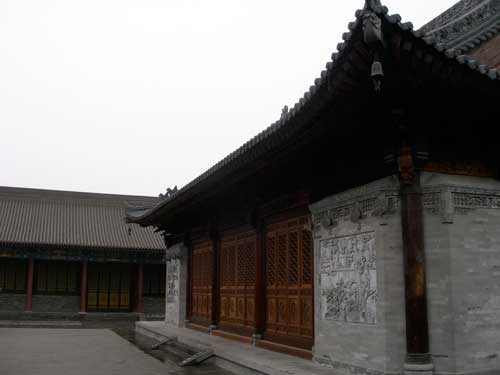
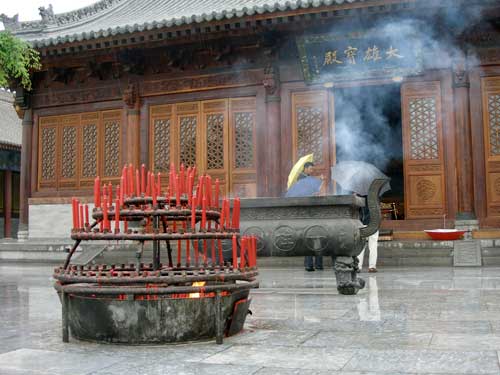
The smoke of incense manages to find its way up through the rain.
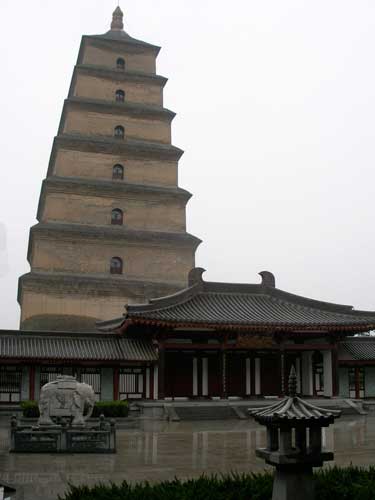

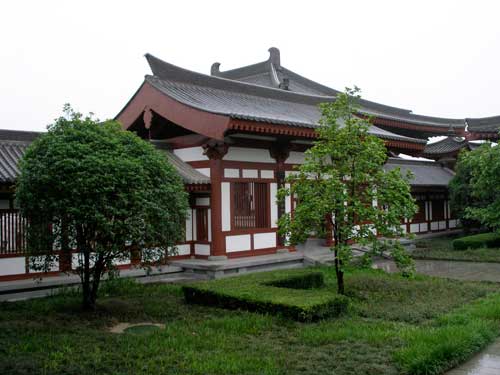
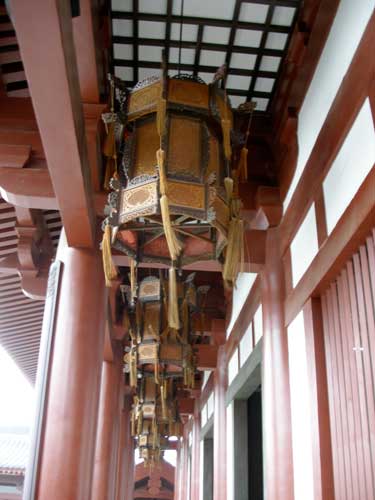
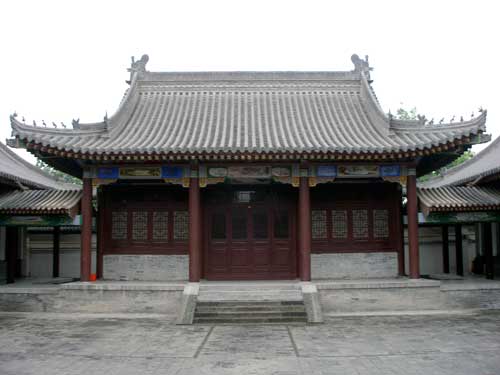
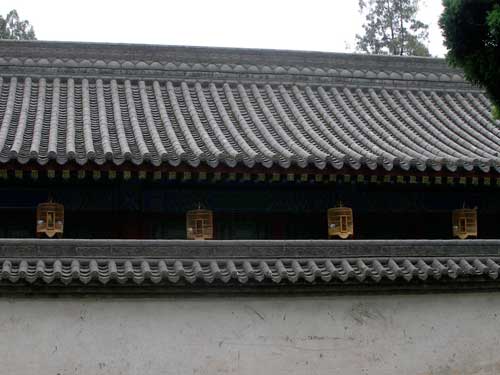
Cages filled with small birds hang under the eaves.
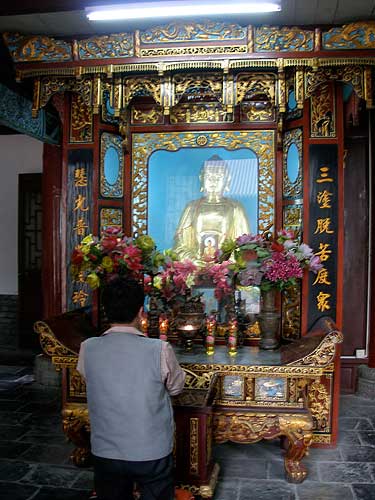
A shrine
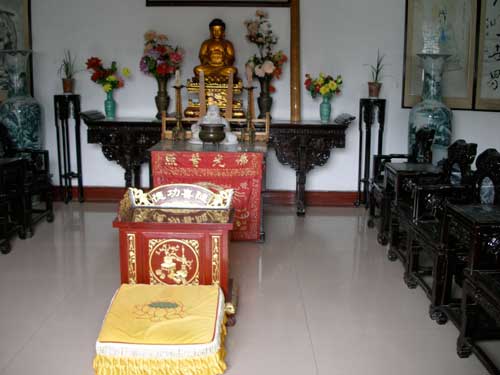
Sakyamuni (the Buddha)
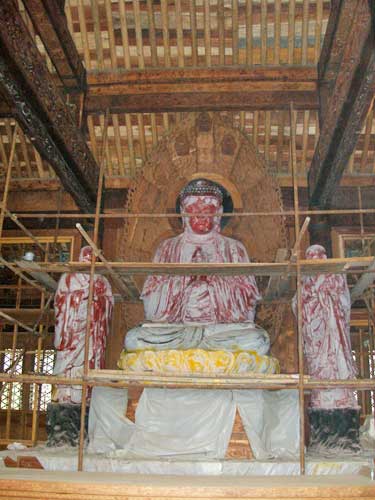
A large Buddha statue
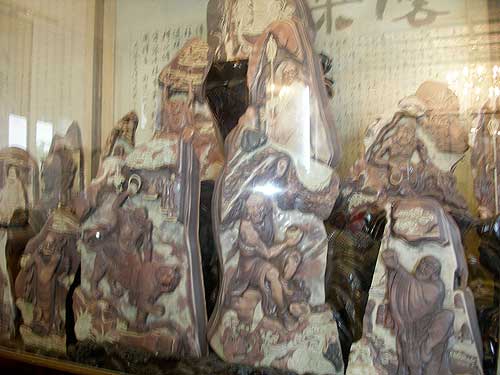
Stone carvings
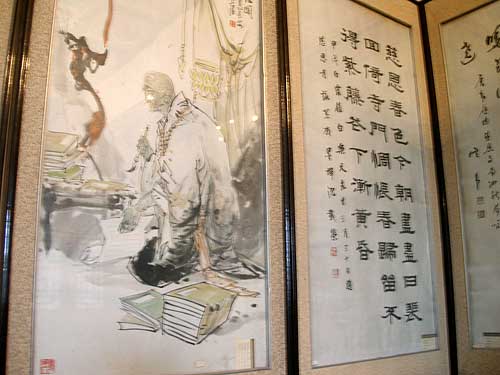
Paintings and calligraphy

Wall art
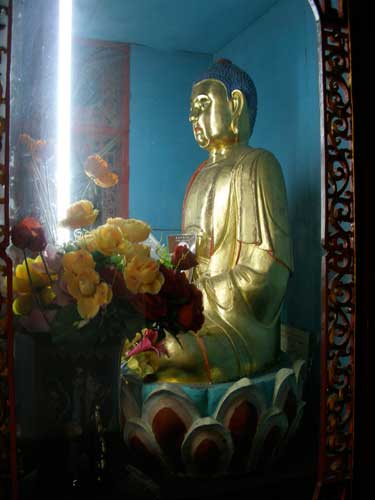
Amitabha (whom we saw earlier in Dazu's carvings of Paradise) is one of the Five Wisdom Buddhas known as The Buddha of Infinite Light.
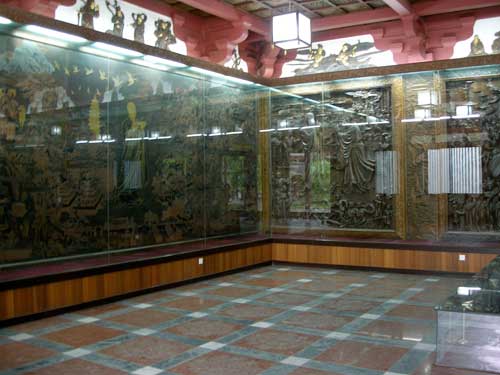
More wall art
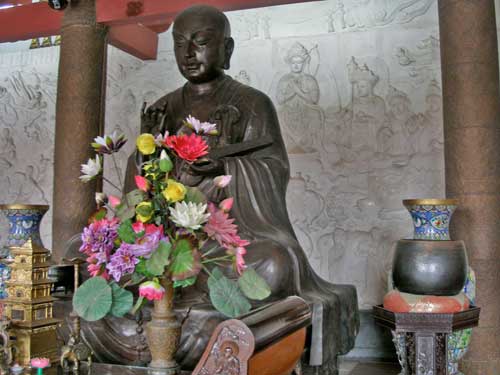
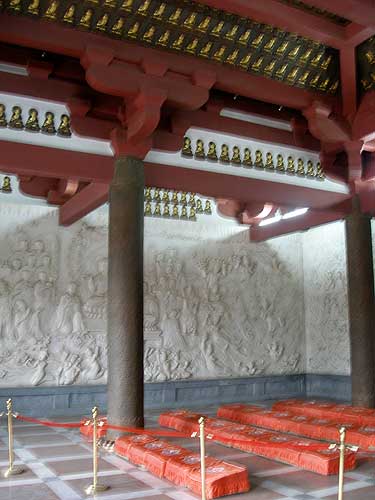
Prayer cushions


A decorative ceiling
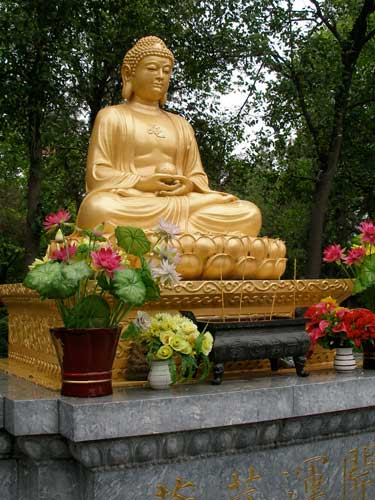
Outside in the garden, the Buddha rests on a lotus flower.
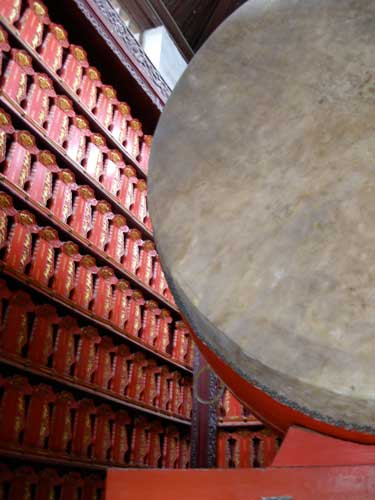
A glimpse inside the drum tower. The drum was struck in the evening.
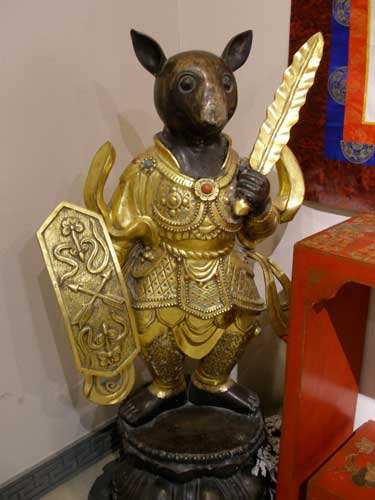
This warrior rat guards the giftshop in his brilliant armor.
A free stamp of a zodiac animal sign, together with the temple's special Buddha insignia, were available at the back of the gift store in order to bring you blessings.
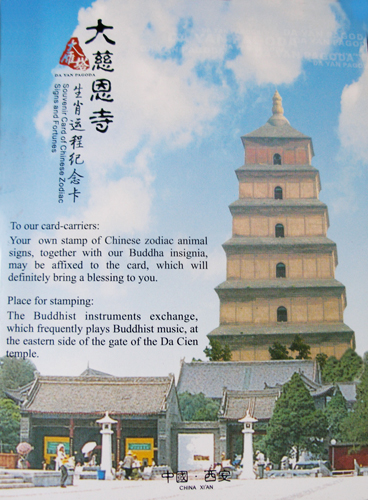
The booklet/ticket
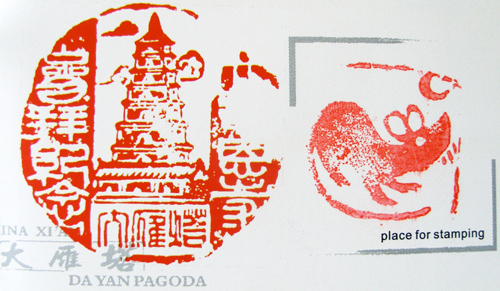
The free stamps
We then headed into the old town center for lunch.
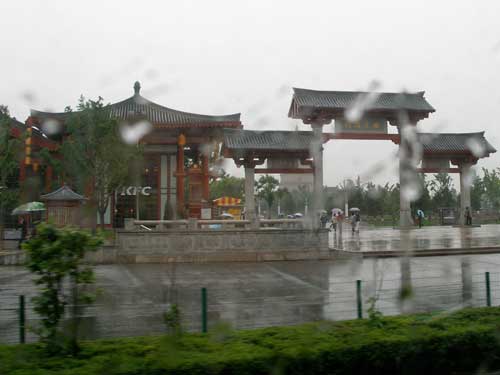
The park entrance to the music fountain
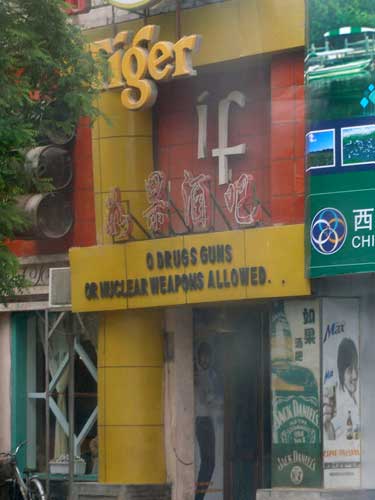
No drugs, guns or nuclear weapons allowed. Well, ok then.
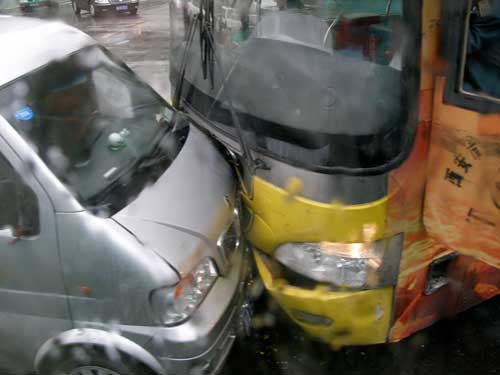
A traffic accident
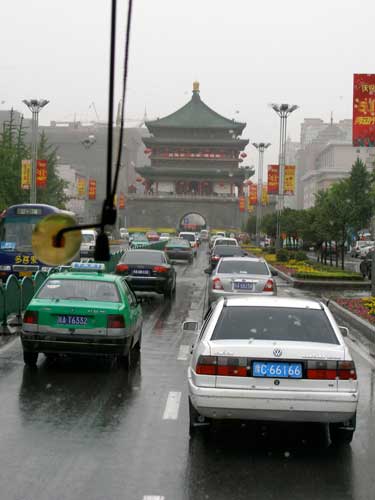
Heading toward the Bell Tower
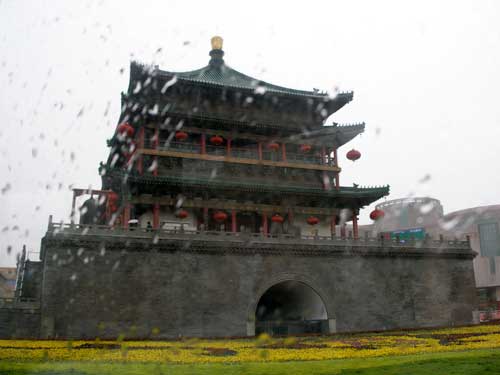
The Bell Tower in some heavy rain
The Bell Tower (Zhong Lou) was originally built in the late 14th century. The present construction is from 1582 and restored in 1739. A huge iron bell hangs in the tower and was traditionally used to tell the time each day.
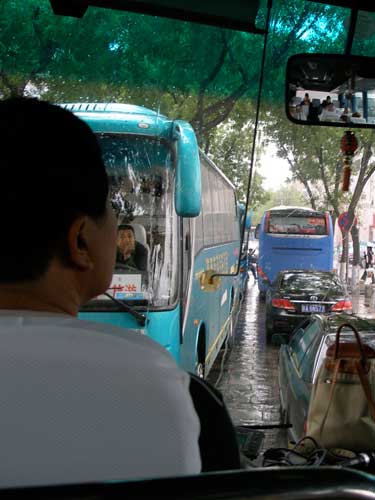
Not a lot of room

The restaurant where we had lunch was right next to the Drum Tower.
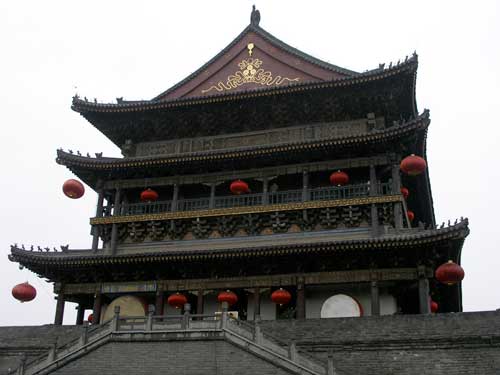
A closer view of the Drum Tower
Not far from the Bell Tower is the Drum Tower. This smaller building was built in 1380 during the Ming Dynasty, and served to indicate the time at dusk.
Kate and I aet quickly then made a quick run to the nearby Xi'an Great mosque.
The mosque is located in the Islamic section of the old town. According to historical records carved in stone tablets, the mosque was built in 742 during the Tang Dynasty. Over the centuries it was restored and expanded. Islam was first brought to China by an envoy in 651, less than 20 years after the death of the prophet Muhammad.
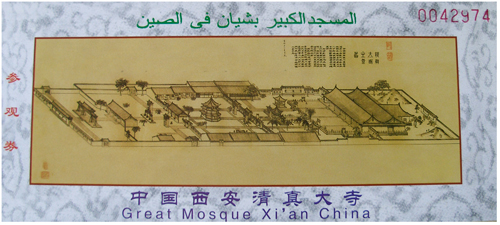
The entry ticket

The Wooden Memorial Archway was built in the beginning of the 17th century... and was probably withstanding the heavy rain better than we were!
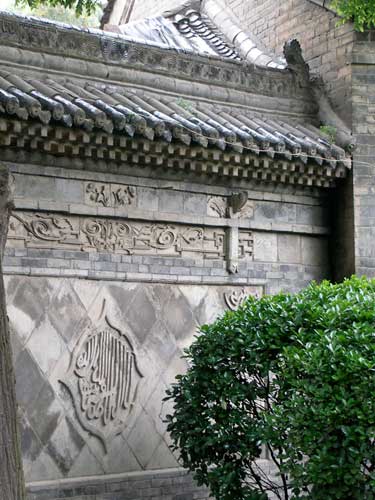
A unique blend of Chinese and Islamic architecture

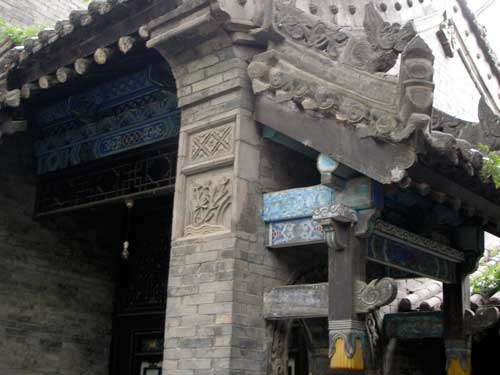
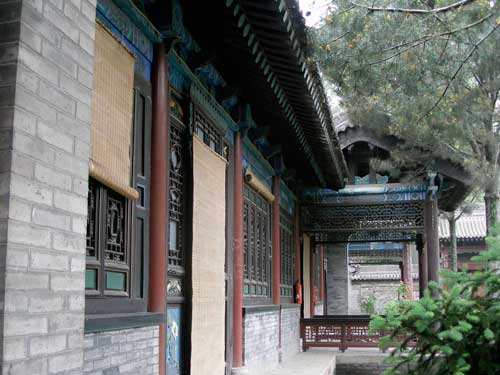
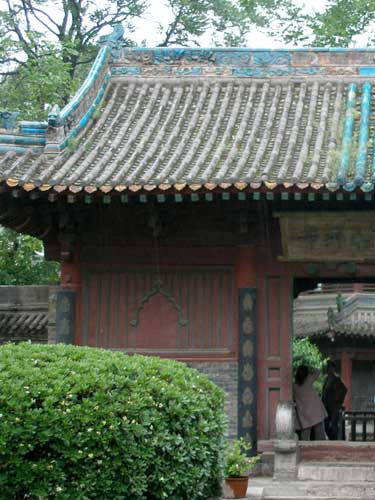
The Introspection Tower serves as a minaret, which is the tallest building in the whole mosque and used to call Muslims to prayer.

Eh, close enough
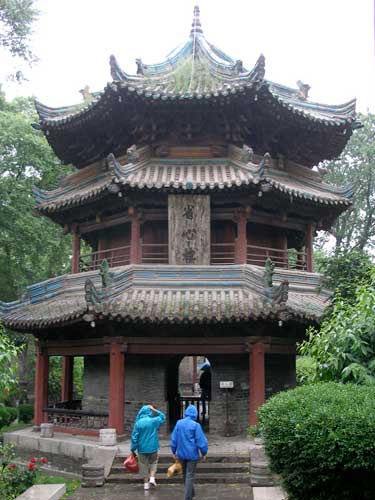
The Introspection Tower
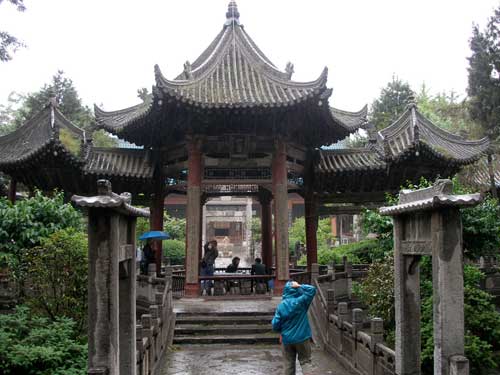
The Phoenix Pavilion...
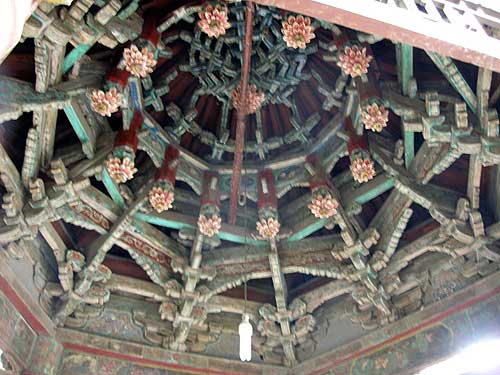
... Looking up
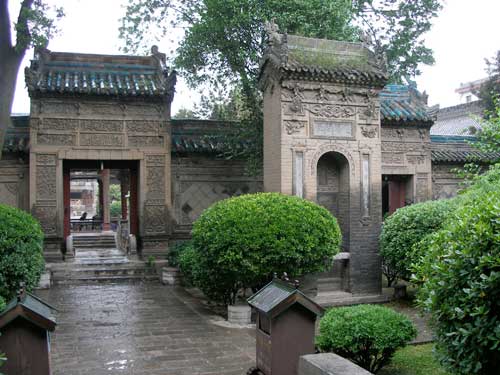
The Stone Memorial Gateways
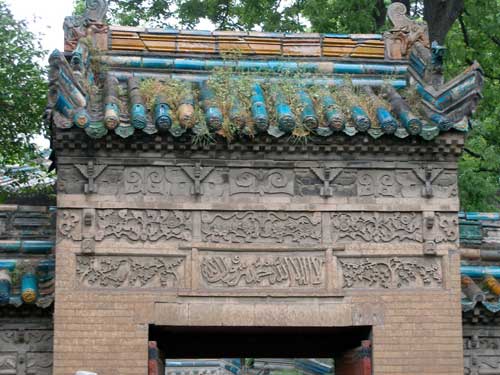
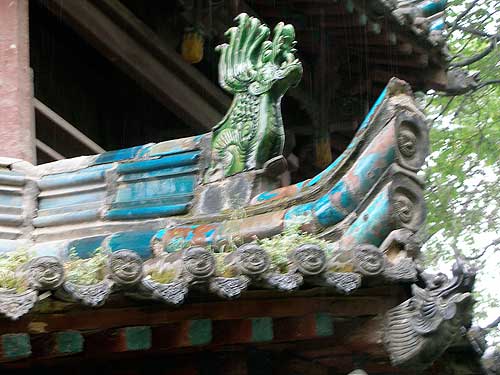

The main worship hall
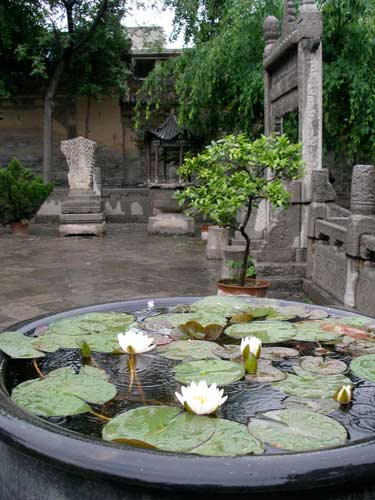
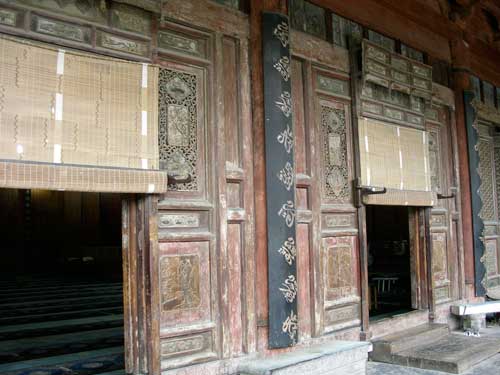
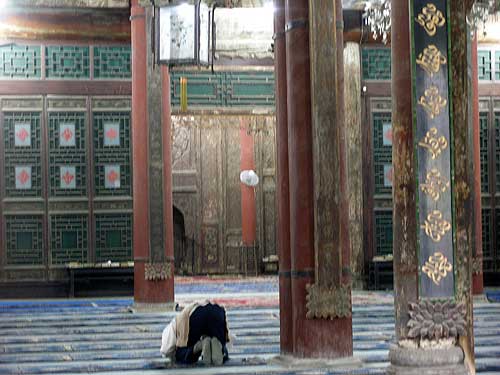
The hall can hold up to 1,000 people at a time.
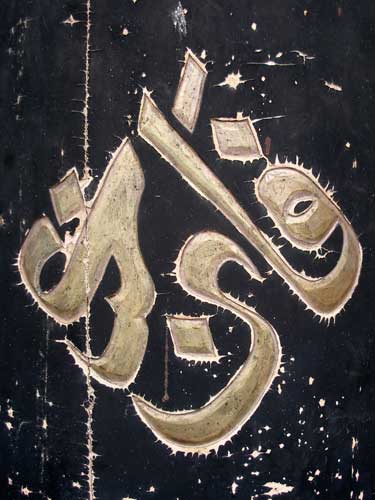
Words are carved as works of art.
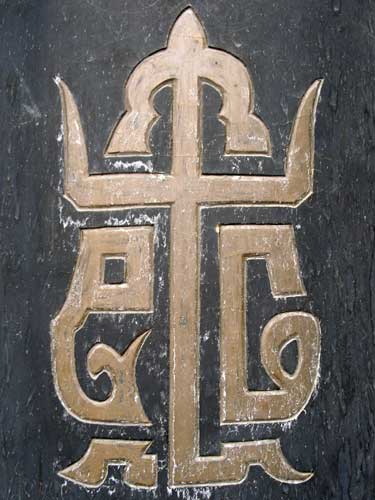
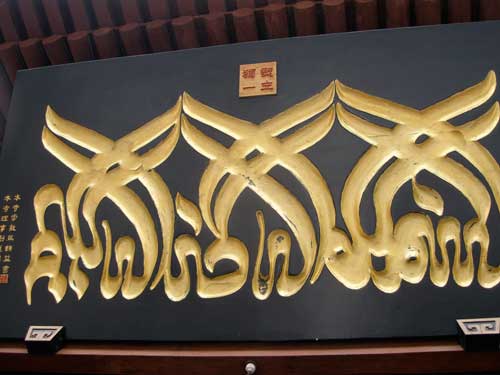
We hurried back to rejoin our group then headed to the south gate of the city wall.
Initially, the city wall was built during the Tang Dynasty (618 - 907) with layers of dirt, lime and glutinous rice extract. In 1568 during the Ming Dynasty, it was enlarged and rebuilt using bricks. It's the most complete city wall that has survived in China, as well as being one of the largest ancient military defensive systems in the world. The south gate, Yongning (eternal peace), is the most beautifully decorated one.
The wall stands 40 feet tall, 40 feet wide at the top and up to 60 feet thick at the bottom. Its north-south length is 2.5 miles and its east-west length is almost 2 miles, enclosing an area of just over 4.5 square miles.
Every 400 feet, there is a rampart which extends out from the main wall, built to defend against the enemy climbing up. Each rampart has a sentry building (Arrow Tower), in which the soldiers could protect the entire wall without exposing themselves to the enemy. On the outer side of the wall are battlements to protect the soldiers while they shot arrows at the enemy.
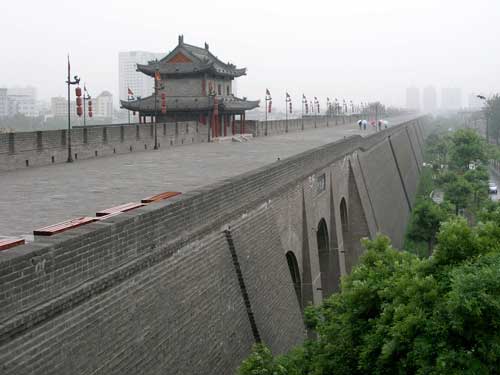
The inner side of the wall
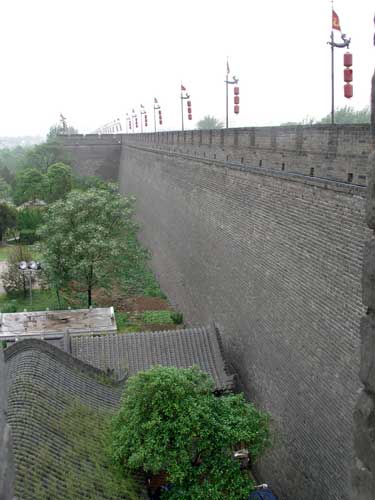
The outer side of the wall

A satellite image shows the layout of the gate.
Since ancient weapons did not have the power to break through a wall, the only way for an enemy to enter the city was by attacking one of the four city gates. Every city gate is comprised of three gate towers:
1. Gate Tower (Zhalou) - outermost tower, controls lowering and raising the drawbridge
2. Arrow Tower (Jianlou) - middle layer, for shooting arrows and monitoring enemies
3. Main Tower (Zhenglou) - innermost tower - the main entrance to the city
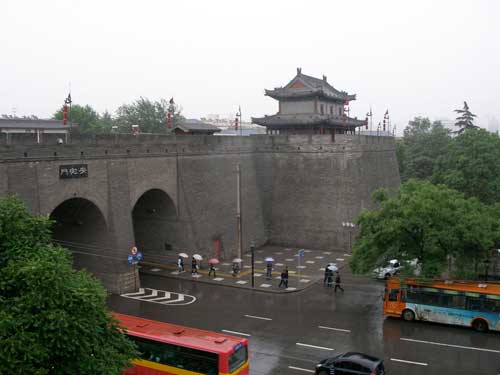
Modern roads now run through the wall on either side of the gate.
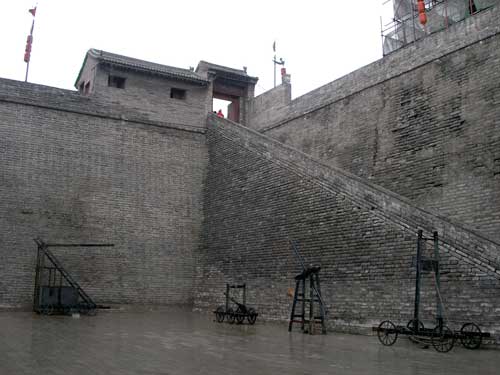
At the inner courtyard of the gate, with stairs heading up to the wall
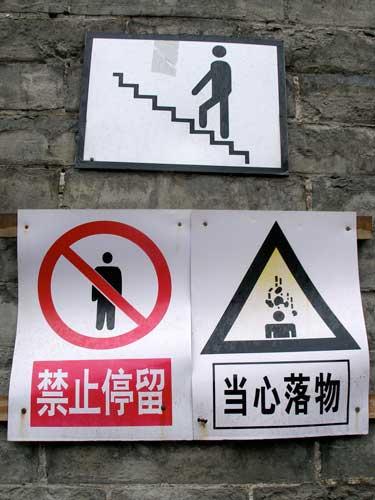
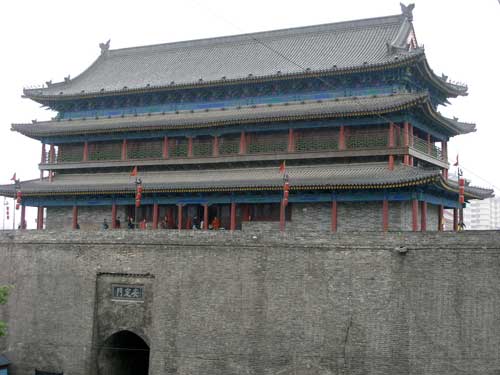
The Main Tower is 100 feet high and 140 feet long
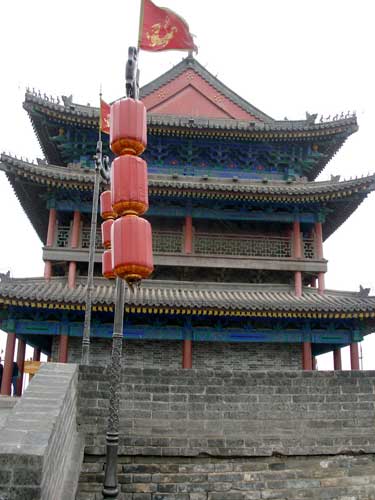
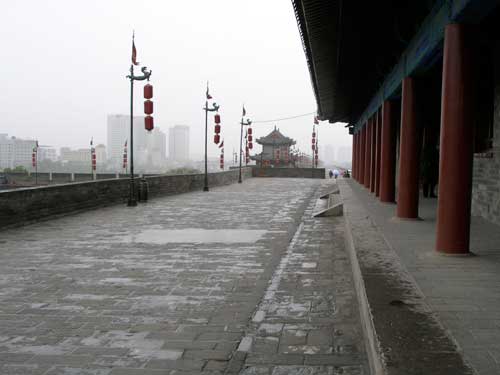
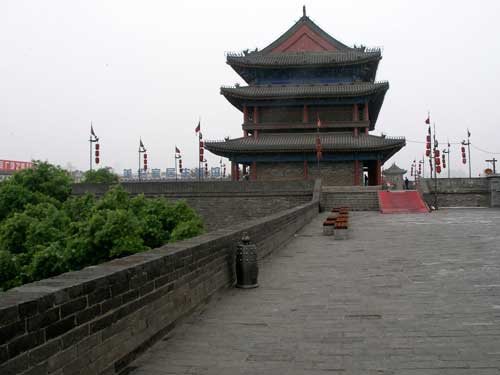
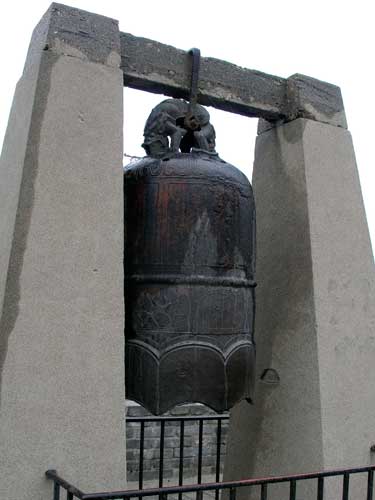
A large bell nearby probably served as some kind of warning system.
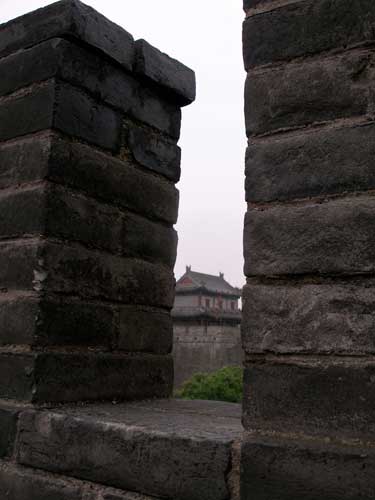
A view through the battlements of an Arrow Tower
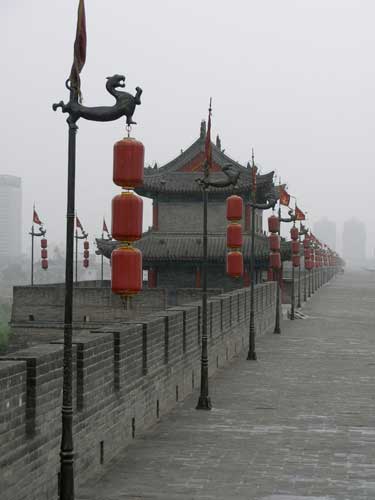
A view down the wall, including another Arrow Tower. Lanterns and banners decorate the entire way.
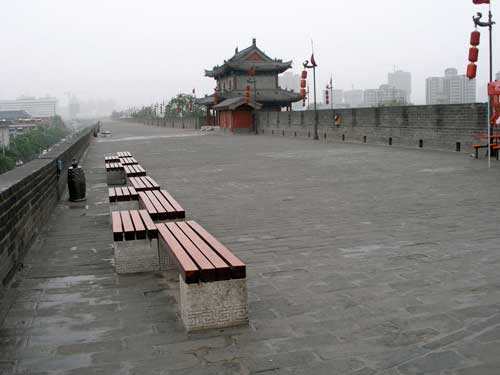
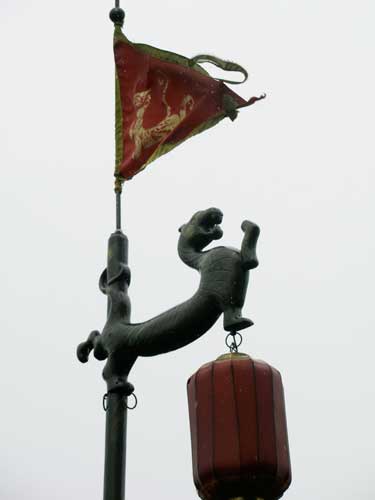
A tiger displays its prowess.
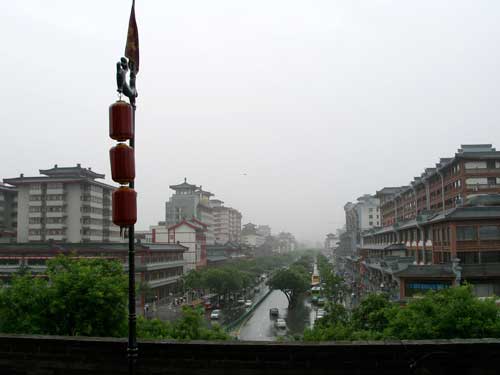
Looking to the city inside
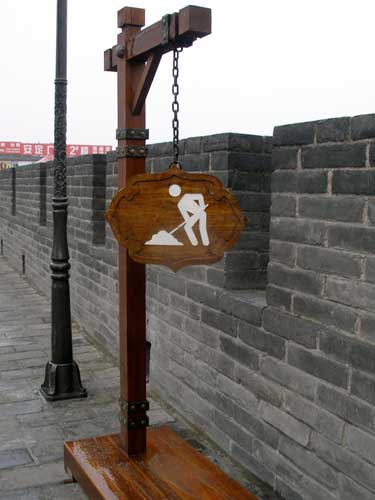
It's the top of a brick wall... what exactly is he supposed to be shovelling?
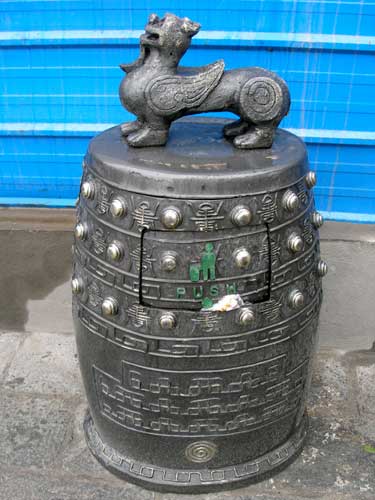
An ornate trashcan

Back beneath the Main Tower
We headed out to the airport to catch our 1 hour and 45 minute flight to Guilin. There we were met by Huang, our local guide, and checked into the Lijiang Waterfall Hotel.
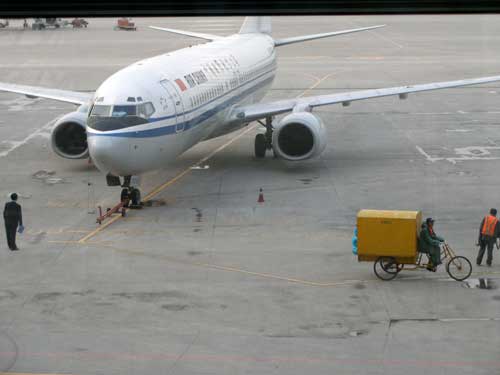
Xian Xianyang International Airport

